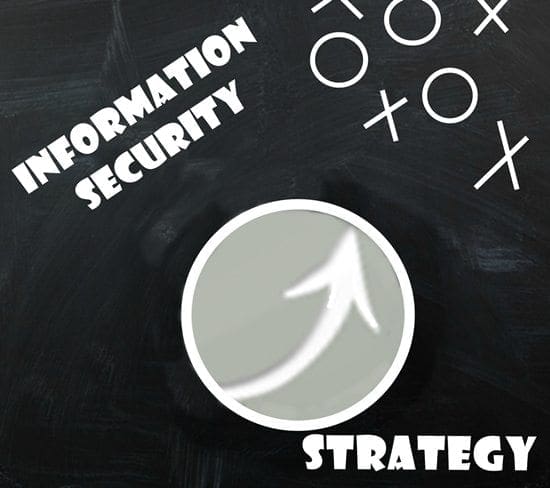The right input and energy from leadership can come a long ways in making a CIO’s job more effective and a little bit easier. Easier because when leadership is positive and constructive it always motivates; and motivation inspires cooperation. When it is the other way around, you get a long-term recipe for discord which can lead to security disaster.
IT executives like the CIO hold a lot of responsibility. Their risk management efforts to secure business involve sensitive components; the top three being people, processes, and technologies. A CIO must prevent hack, manage information security, plan for down time and recovery, implement and suggest innovative technologies; and all the while keep in mind accountability, increased business efficiency and productivity, and business costs. That’s quite a lot, don’t you think?
So, what can you do to generate effective IT executive leadership to help your business generate the spirit of collaboration needed, so that you can implement a long-term effective security posture? Well, here are seven tips that can get the job done.
-
To be a good leader the first step is learning the culture of your organization. It can help you understand how IT is perceived by business decision makers, what the company holds as most important, if there are challenges you will face, and based on these aspects how you can constructively approach the implementation of a proactive security posture.
-
Your enterprise’s IT culture is also something you need to take a look at; especially since they are the workforce that assists you in putting in place and implementing the security measures required to diminish vulnerabilities.
-
Encourage employees to come forward when there are unmet security needs. You can do this by promoting transparency and by taking action when someone comes to you with a problem. If you don’t act, the next time they have a problem, they won’t reach out and you won’t know that there’s a potential vulnerability at large.
-
Stimulate collaboration by pushing team work. Depending on the size of your business creating mini-groups with a group CIO could be a great solution. An emphasis on support and teamwork in solving problems helps to encourage people to raise their hands if they need help.
-
Make sure communication within your IT teams is fluid and that the same applies between you and the IT team and/or the IT team leaders (if one has been assigned).
-
Don’t play the finger pointing game, it doesn’t help. Blaming is one of the biggest deterrents to staff being open and coming forward if something goes wrong. If you want to promote a spirit of transparency and openness, it is counter productive to instill fear of blame to those you work with.
-
Standardize things that are common across your business, but allow flexibility to stay in place for those areas that must be tailored to meet specific security needs.
To pick the right IT and security solutions you need to understand your business in all its components. Embed in your business and staff culture a positive feeling when it comes to risk management. Help them feel free to speak up and help them implement the right measures that will keep everyone secure from threat.
Making information security part of the business process can only be accomplished if you speak the language of your business colleagues (IT and non-IT), motivate a spirit of solidarity and convey the value IT and security contribute to everyone in terms that everyone understands.
What leadership components have worked for you to boost a holistic and effective IT security environment across your organization?

